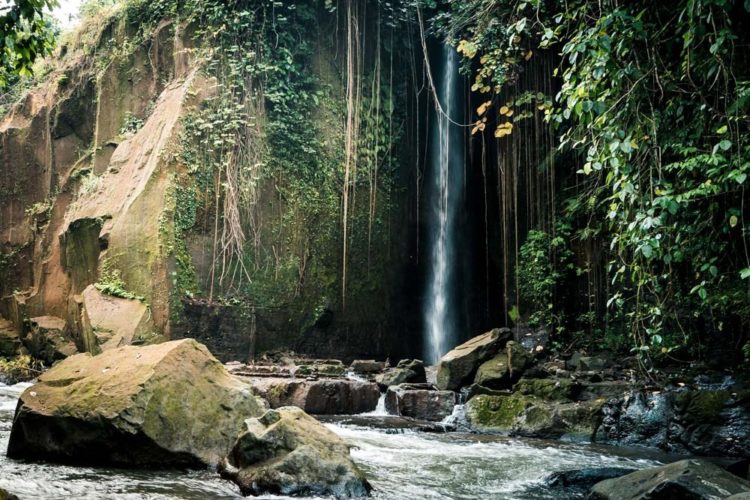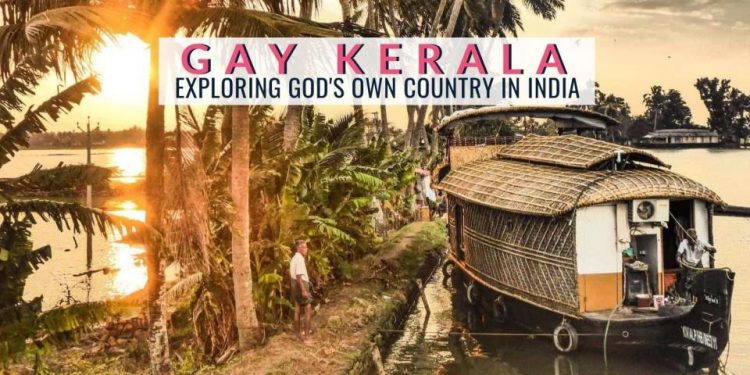
Visiting the Ahar Cenotaphs is one of the more unique things to do in Udaipur and could be considered somewhat of a hidden gem. Yes, despite being a spot of historical significance, many tourists erroneously it. While we, on the other hand, regard Ahar Cenotaphs to be one of the top places to visit in Udaipur in 2 days!
You see, Ahar is essentially a Royal cemetery for Udaipur’s late Maharajas. However, what might sound like a dark place on paper is, in fact, a spot of peace and serenity. Furthermore, if you are at all interested in Rajasthani architecture, you are sure to be left in awe by the intricately carved stone tombs.
In this guide, we advise everything you need to know ahead of visiting Ahar Cenotaphs in Udaipur. Including entrance fees, opening times, what to expect & more.
Ahar Cenotaphs Udaipur – A 2019 Sightseeing Guide
Udaipur is an essential addition to any Rajasthan itinerary. It is one of the most popular tourist cities in the country and forms a part of our suggested one month in India Route. You can conveniently reach Udaipur via bus, train, or plane from all over the country.
Set on the outskirts of the city, 2km away from Lake Pichola, the Ahar Cenotaphs can easily be reached on foot if you don’t mind working up a sweat. Alternatively, you can take a rickshaw or taxi, which are both easy to come by in Udaipur.









